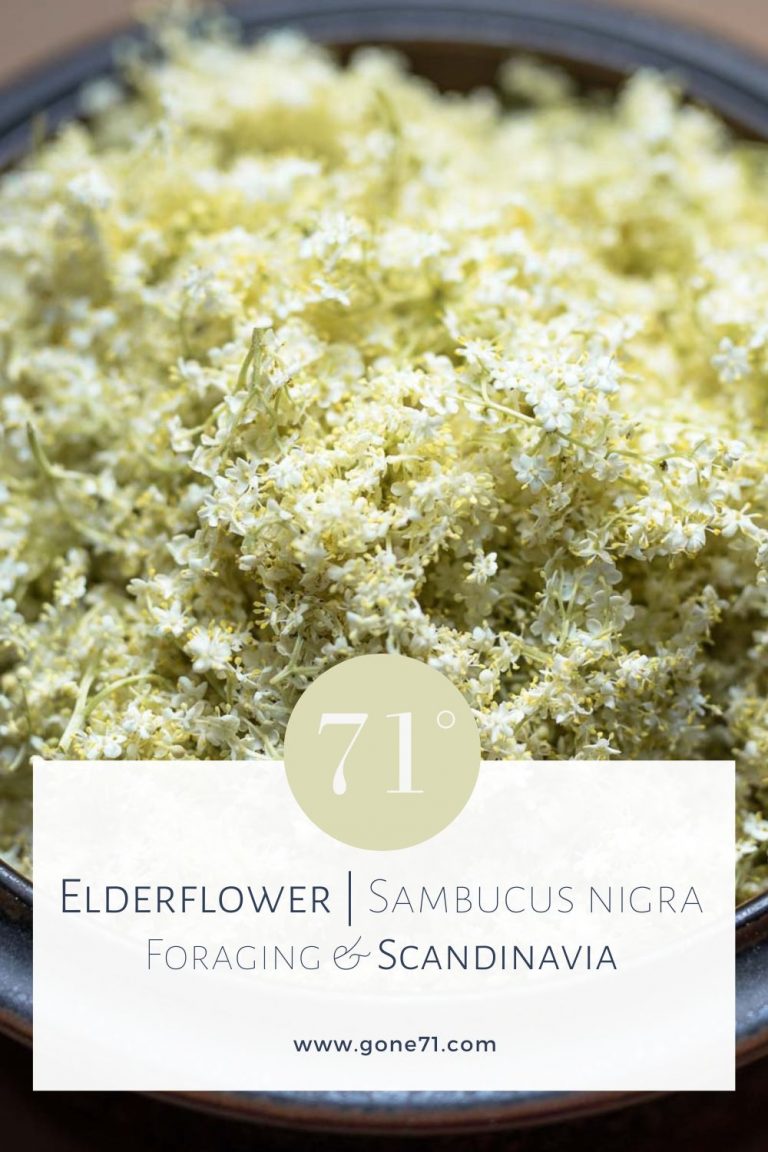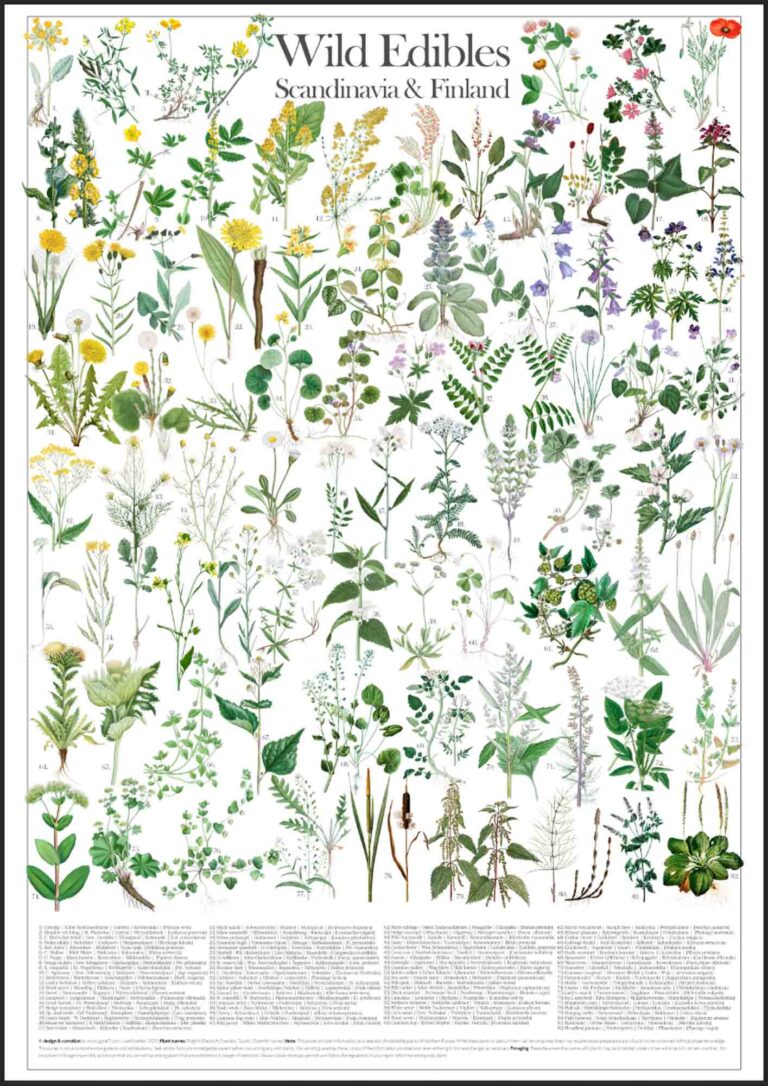swe.: fläder | nor.: svarthyll | fin.: mustaselja | dt.: Holunder
The snow-white and fragrant elderflowers are widespread in early summer. There are 10 different types of elderflower worldwide, but in our latitudes most of them refer to the “elder ” (Sambucus nigra), which is the most common.
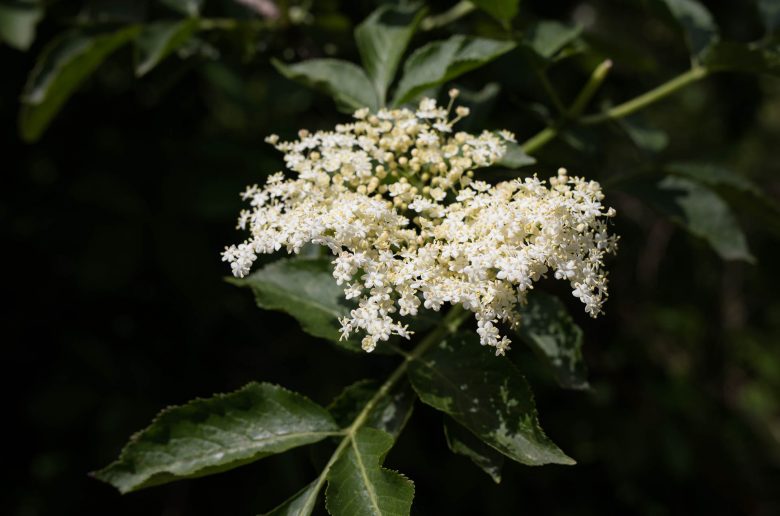
Elder is one of the most famous plants among foragers in Europe. The easily recognizable flowers (and berries) and pleasant aroma make it a desirable plant that luckily is often found in abundance. The small shrub or tree can grow up to 10 meters high and is a pioneer plant on forest edges or along roadsides, walls etc.

Its flowers can be used for both medicinal and culinary purposes. Later in the year, the plant develops black berries that also have numerous uses.
The only part that is consumable for humans are the flower and later the berries. However, keep in mind, that even those are slightly toxic when consumed raw. The toxins are neutralized by heating.
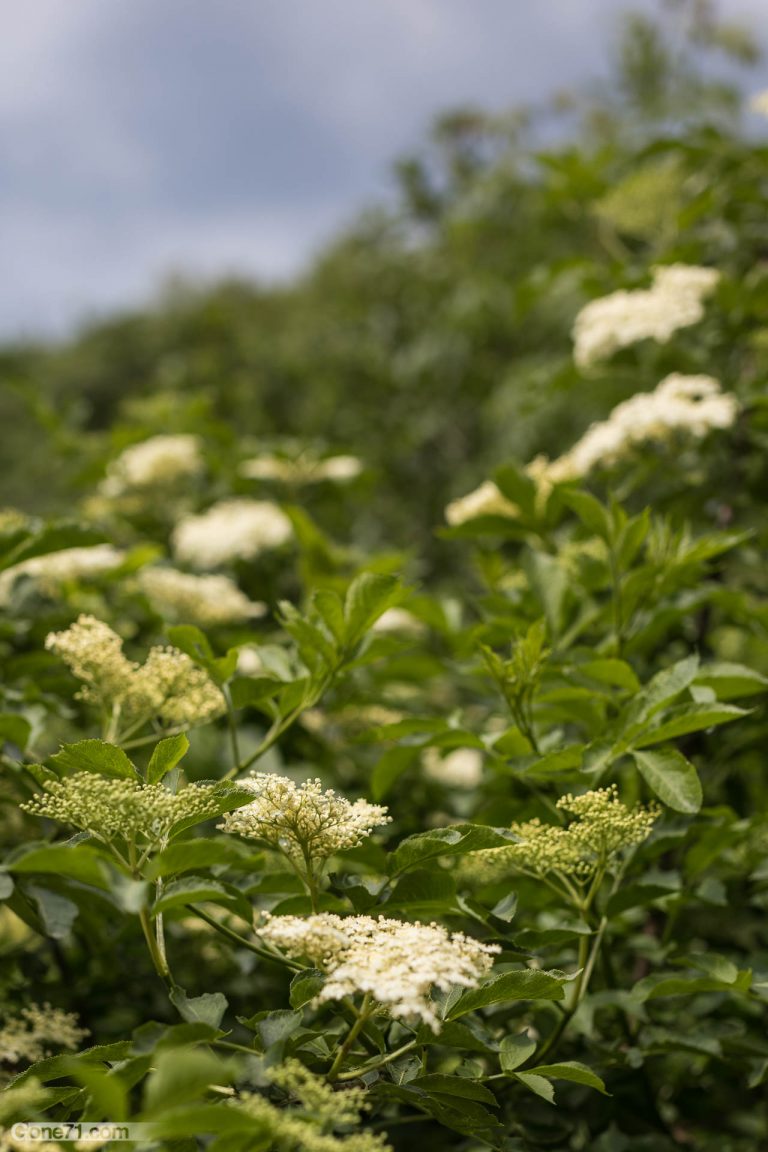
Pay attention to following when collecting elderflowers:
- Flowers should only be collected on dry days in early summer. The collection times here can of course vary globally.
- Only the flowers are collected. Other parts of the plant are incompatible and lead to various complaints. The best time to harvest the buds is when the buds are just beginning to open.
- As with all wild plants, care should be taken to ensure that the collection area is not contaminated by external environmental influences such as traffic or pollutants
- If the flowers are driedfor later use, they should be stored in a dark and dry place.
The usefullness of elder wood
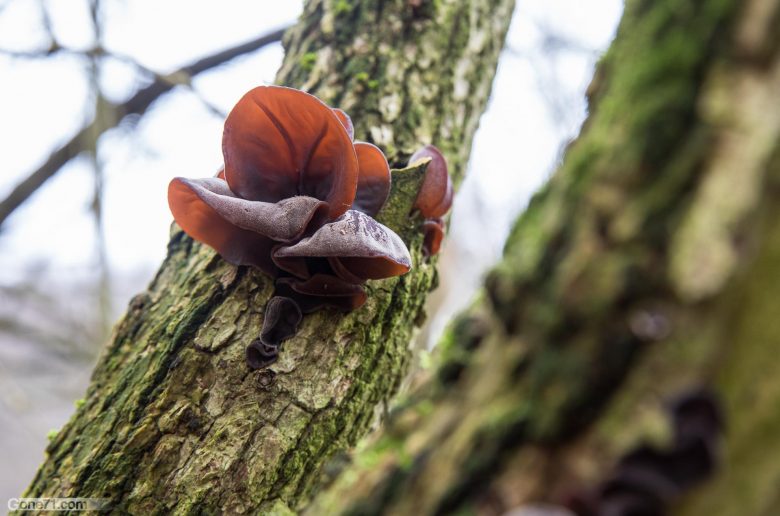
But elder is also popular with experienced foragers for a completely different reason. The wood offers the ideal environment for a special type of fungus, the ‘wood ears’ (Auricularia auricula-judae). As a decomposer, it feeds on weakened or dead wood. Most of us know these mushrooms indirectly from Asian cuisine, where they are served as Mu-Err or ‘chines morels’ in soups and other dishes. In the local mushroom baskets, on the other hand, it is rarely seen, although it has excellent food qualities. One of the reasons for this is that this is mainly a winter fungus, which only shows up when there is frost and snow – a season that is not generally associated with fungi. We think wood ears are one of the most underrated mushrooms out there.
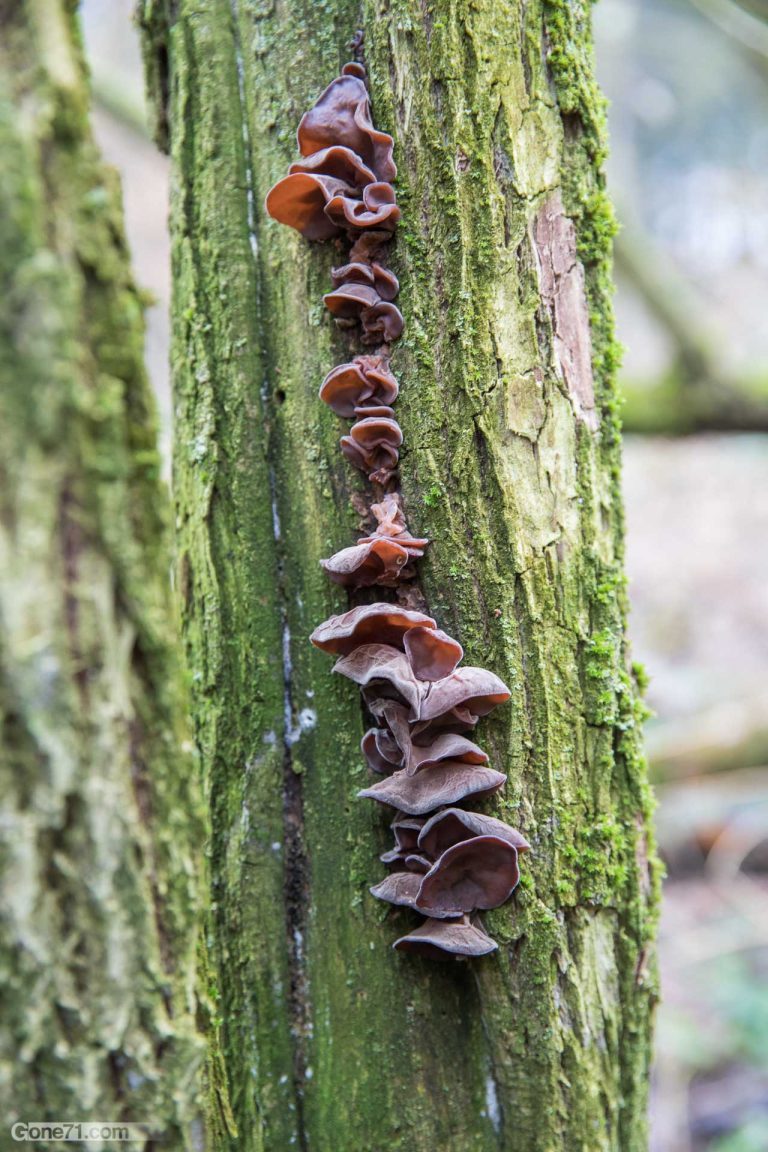
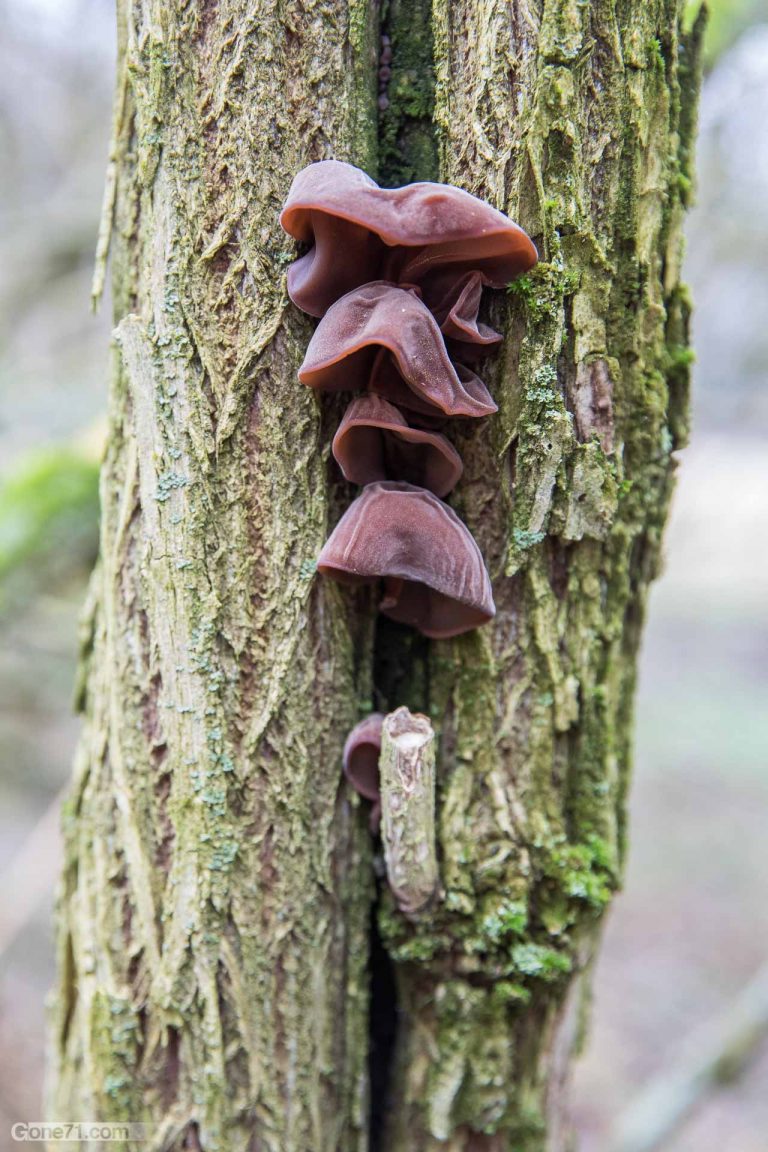
Learn more about Wood-Ears here
Preparation of elderflower tea
- Tear up two teaspoons of dried elderflowers with 150 ml of boiling water
- Let the infusion steep for 10 minutes
- Drink several times a day if you have a cold.
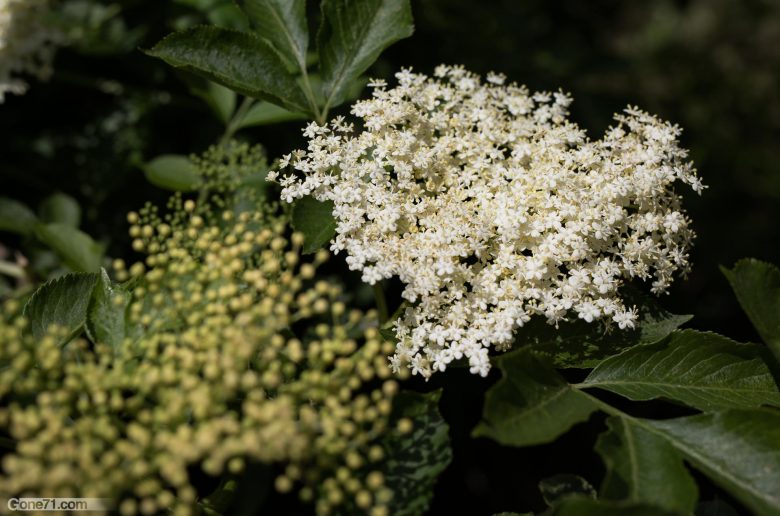
Elderflower syrup (recipe)
Elderflowers are the taste of summer and a refreshing change in the course of the year. Making elderflower cordial syrup is an excellent way to preserve the aromatic flavor for many months.
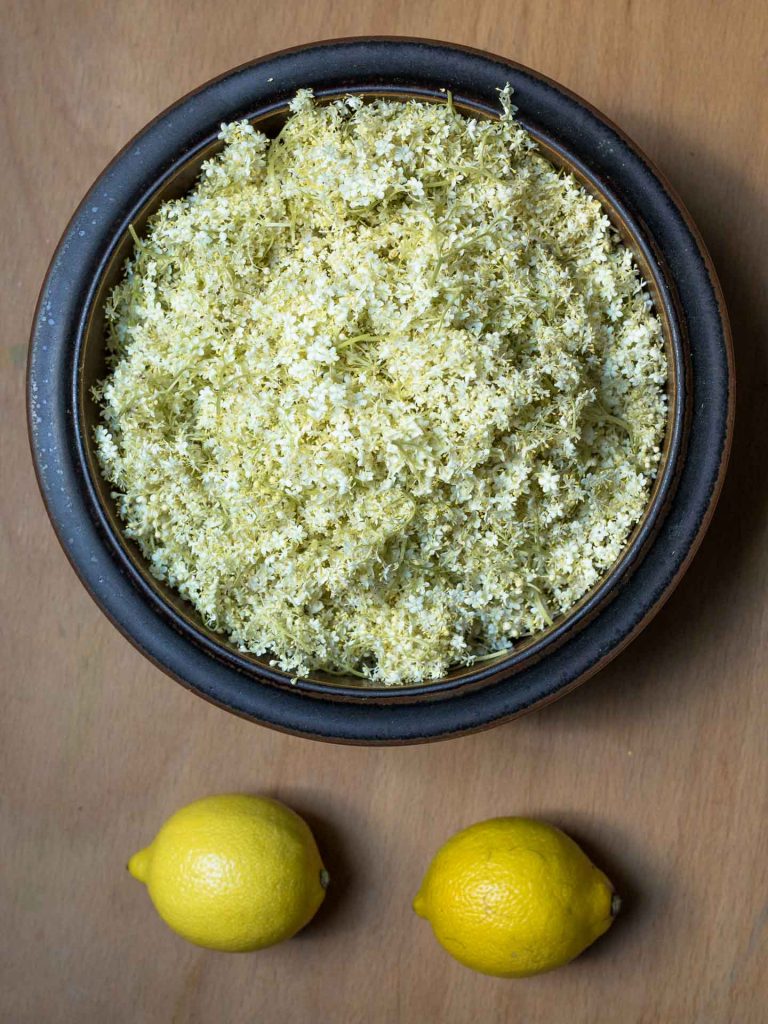
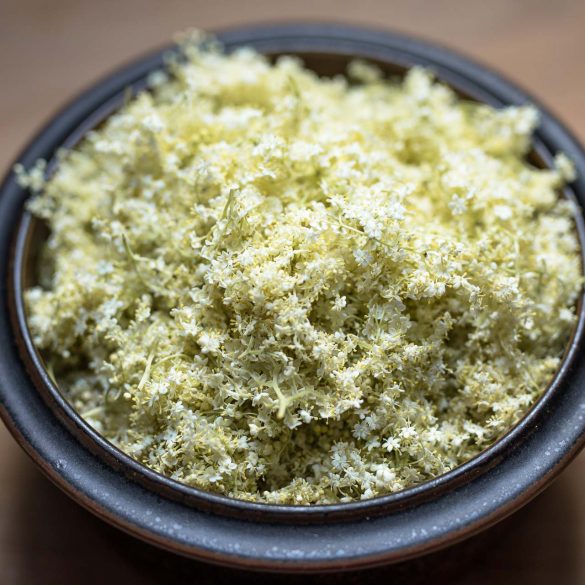
Ingredients
- 1 untreated organic lemon
- 1 kg organic sugar
- 1l water
- 25 grams of citric acid
- 30 elderflowersEquipment
- Large container
- Pot for heating
- Tea cloth or something similar for filtering
Instructions
- Thoroughly clean the flowers. Direct washing should be avoided, otherwise a large part of the pollen that gives the aroma will be washed away. It is better to shake out the flowers carefully.
- Briefly boil the sugar and citric acid in 1 liter of water.
- Cut the lemons into slices and arrange them in the large container together with the elderflowers.
- Pour in the sugar water and cover the jar.
- Then let stand for about 3 days at room temperature.
- Stir once a day.
- After the time has elapsed, the liquid is best poured through a tea towel or a very fine sieve into a pot.
- The syrup is briefly boiled up and then filled into sterile bottles and sealed immediately
Notes
Citirc acid gives the drink a sour note and makes the syrup more durable. If you don't have citric acid, you can add more lemon juice for flavor.
We recommend a cool and dark place for storage. Of course, it keeps for a long time in the fridge.
Before consumption, simply pour tap water or soda in the desired mixing ratio.
Find more inspiration in some of our other poster designs
↓↓↓
Find some inspiration in other recipes
